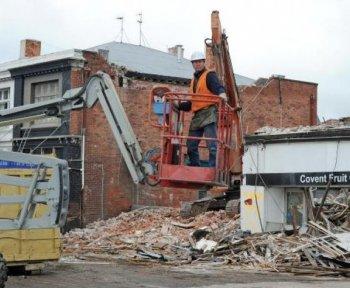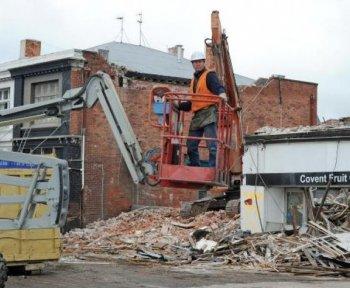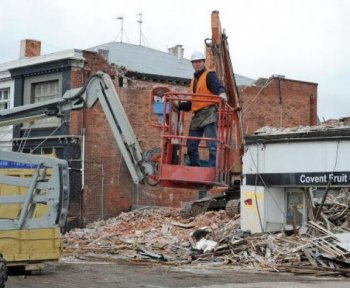The 7.1 magnitude earthquake that shook Christchurch, New Zealand on Saturday 4 September 2010 appear to have lain dormant for 16,000 years say scientists from GNS Science.
Saturday’s earthquake produced the strongest ground shaking ever recorded in an earthquake in New Zealand. The highest ground-shaking measurement of 1.25 times the strength of gravity was recorded at Greendale near the epicentre, said GNS in a press release.
The ruptured fault had been accumulating stress for thousands of years. Faults fail catastrophically when stresses exceed a certain threshold.
“Before Saturday, there was nothing in the landscape that would have suggested there was an active fault beneath the Darfield and Rolleston areas, said Kelvin Berryman, Manager of the Natural Hazards Platform at GNS Science.
“All we can say at this stage is that this newly revealed fault has not ruptured since the gravels were deposited about 16,000 years ago.”
The earthquake produced a 22km-long surface rupture and up to 4m of horizontal displacement in alluvial terraces that were deposited about 16,000 years ago at the end of the last glaciation.
Dr. Berryman said there could be other hidden faults around New Zealand and there was a high probability that they could also produce very strong earthquakes.
Saturday’s earthquake produced the strongest ground shaking ever recorded in an earthquake in New Zealand. The highest ground-shaking measurement of 1.25 times the strength of gravity was recorded at Greendale near the epicentre, said GNS in a press release.
The ruptured fault had been accumulating stress for thousands of years. Faults fail catastrophically when stresses exceed a certain threshold.
“Before Saturday, there was nothing in the landscape that would have suggested there was an active fault beneath the Darfield and Rolleston areas, said Kelvin Berryman, Manager of the Natural Hazards Platform at GNS Science.
“All we can say at this stage is that this newly revealed fault has not ruptured since the gravels were deposited about 16,000 years ago.”
The earthquake produced a 22km-long surface rupture and up to 4m of horizontal displacement in alluvial terraces that were deposited about 16,000 years ago at the end of the last glaciation.
Dr. Berryman said there could be other hidden faults around New Zealand and there was a high probability that they could also produce very strong earthquakes.





